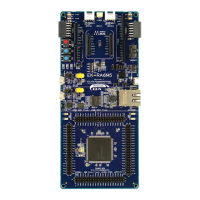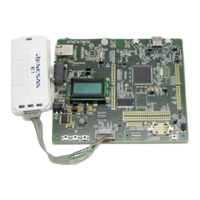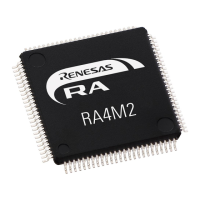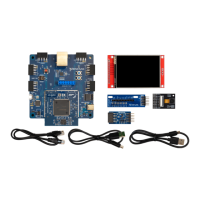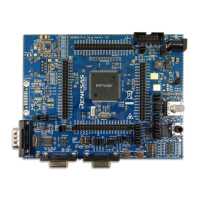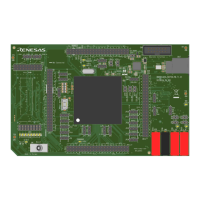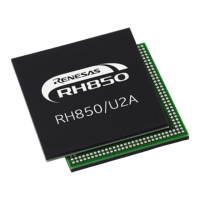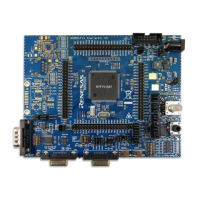of 42
May 10, 2017
【Note】 1. Disabling the transmit queue immediately empties the message in the transmit queue if it is not being
transmitted and is not determined for the next transmission. If the message in the transmit queue is already
being transmitted or is determined to be the next transmission, it will be empty after transmission completion,
CAN bus error detection, or arbitration lost.
2. Rewrite the transmit queue enable/disable (the TXQE bit of the TXQCCm register) in channel
communication mode or channel standby mode.
3. Set the number of buffers to be allocated to the transmit queue (set the TXQPC [3: 0] bit of the TXQCCm
register to "B'0010" or higher), and then enable the transmit queue (set the TXQE bit to "1").
Figure 4-3 Procedure for Enabling the Transmit Queue
【Note】 1. Rewrite the transmit queue enable/disable (the TXQE bit of the TXQCCm register) in channel
communication mode or channel standby mode.
2. Even if the use of the transmit queue is prohibited (TXQE bit is "0") while an interrupt request is generated
(the TXQIF flag in the TXQSTSm register is "1"), the TXQIF flag is not automatically set to "0". Set the
interrupt request flag to "0" with the program.
Figure 4-4 Procedure for Prohibiting the Transmit Queue

